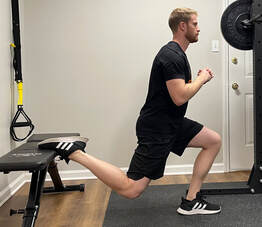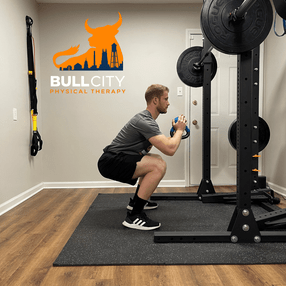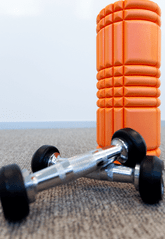Perfect Your Stride with Bull City PT’s Running Analysis
Marathon training limited by pain? Elevate your performance and joy with our personalized Running Analysis!

Elevate Your Running Performance and Safety
Optimize Your Run with Expert Analysis
Whether you’re a seasoned marathoner or a casual jogger, efficient running mechanics are key to enhancing performance and preventing injuries. At Bull City PT, our specialized Running Analysis service is designed to refine and optimize your running form. By combining state-of-the-art technology with expert biomechanical knowledge, we provide personalized insights that lead to improved efficiency, speed, and endurance, all while reducing your risk of injury.
Running Analysis goes beyond simple observation. It delves into the intricacies of your stride, identifying suboptimal patterns that could be slowing you down or putting you at risk. Our comprehensive approach evaluates everything from foot strike and cadence to hip alignment and overall posture. Armed with this data, our physical therapists develop tailored strategies to strengthen your form, enhance your performance, and safeguard your body against the common pitfalls of running.
Symptoms That Benefit from Running Analysis:
- Recurrent injuries or persistent pain while running
- Plateaus in running performance or speed
- Inefficiencies in running form or technique
- Discomfort in joints or muscles during post-run
- Difficulty in achieving running goals despite regular training
Common Issues Addressed by Running Analysis:
- Overpronation or underpronation
- Imbalances in muscle strength or flexibility
- Inadequate core stability affecting running posture
- Inefficient stride patterns or foot strikes
- Poor running economy leading to excessive energy expenditure
Clinics offering treatment for Running Analysis
FAQ about Running Analysis
Ready to Transform Your Run?
Don’t let inefficient running mechanics hold you back. Contact Bull City PT today to schedule your Running Analysis. Our team is ready to help you achieve your personal best, one stride at a time.
Book Your Running Analysis Now—Unlock Your True Running Potential.
Looking for relief now?
Download our free Running Analysis guide

Free Running Analysis guide
Bull City PT Resources





